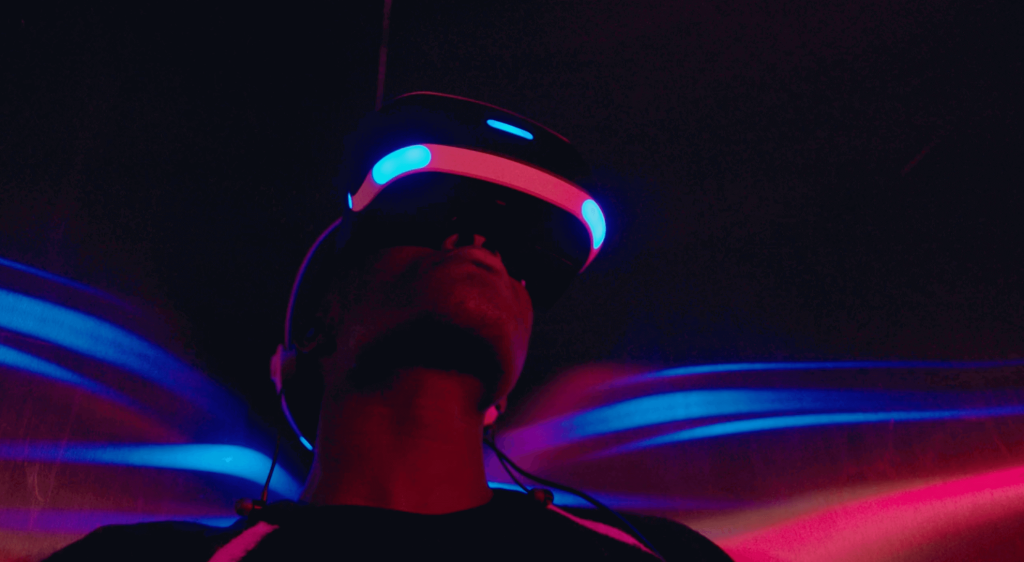In recent years, the fields of agriculture and technology have experienced a revolutionary transformation. Technologies such as autonomous farming equipment and AI-driven dashcams are not merely novelties but are set to reshape fundamental practices in their respective industries. At the core of this evolution lies a crucial subfield: Human-Computer Interaction (HCI). This report explores how HCI principles are enabling sustainable agricultural practices and enhancing safety on the roads through the integration of advanced technologies.
.
Human-Computer Interaction, or HCI, is an interdisciplinary field focused on the design and use of computer technology, specifically the interfaces between users and computers. It plays a vital role in ensuring that technologies are user-friendly, intuitive, and effective. When considering autonomous farming equipment, it’s essential to comprehend how farmers interact with these machines to maximize productivity and minimize risk. Moreover, as AI dashcams become more prevalent, understanding how drivers interact with these systems becomes crucial for safety on the roads.
.
Autonomous farming equipment includes advanced machinery equipped with artificial intelligence (AI) and machine learning algorithms to perform agricultural tasks without human intervention. These autonomous systems can plant, irrigate, and harvest crops more efficiently than their traditional counterparts. However, the success of this technology largely hinges on effective Human-Computer Interaction. Farmers must be able to understand the inputs, outputs, and overall functioning of autonomous equipment to operate within the technology’s limits.
.
Take, for example, the introduction of self-driving tractors. These tractors are equipped with GPS technology and advanced sensors that allow them to navigate fields independently, reducing the need for human labor. Although these systems can greatly increase efficiency, they also bring about new challenges in HCI. Farmers need intuitive displays that provide real-time data on field conditions, machine performance, and potential issues. Ensuring this information is easily accessible and actionable is paramount for maximizing productivity while preventing operational failures.
.
HCI principles are also important when it comes to training farmers to use this machinery. As with any new technology, there is often a learning curve. Effective training programs that incorporate user-friendly interfaces and hands-on experience can significantly ease the transition toward adopting autonomous farming equipment. For instance, virtual reality (VR) and augmented reality (AR) technologies could provide immersive training environments, allowing farmers to familiarize themselves with the equipment in a risk-free setting before actual deployment.
.
Moreover, the integration of AI in farming doesn’t stop at machinery. Data analytics and decision-making tools are becoming increasingly vital for farmers. These tools rely heavily on user interface design, facilitating the interpretation of complex data sets representing crop health, weather patterns, and market trends. A well-designed interface that presents data simply and effectively can lead to smarter farming decisions, ultimately increasing yield and reducing waste.
.
In a parallel development, AI dashcams are transforming road safety and the driving experience. These devices utilize artificial intelligence to analyze the environment around a vehicle in real-time, enabling advanced safety features such as collision detection, lane-keeping assistance, and even automatic emergency braking. The effectiveness of these AI systems depends largely on how drivers interact with them.
.
One of the challenges faced in the realm of AI dashcams is ensuring that users remain engaged and informed without being overwhelmed. HCI principles come into play when designing alert systems that notify drivers of potential hazards. The balance between delivering critical information and minimizing distractions is delicate. For example, visual and auditory alerts must be sufficiently distinct to capture the driver’s attention without causing panic or confusion.
.
The use of AI dashcams not only emphasizes driver interaction but also opens the door for catastrophic accident prevention. According to data from the National Highway Traffic Safety Administration (NHTSA), almost 94% of crashes are attributed to human error. By enhancing HCI designs in AI dashcams, these systems management can contribute significantly to reducing accidents and enhancing overall road safety.
.
Incorporating user feedback into the development phase is essential for both autonomous farming equipment and AI dashcams. Engaging end-users in the design process can help identify potential pitfalls and ensure that the technology meets both their practical needs and usability expectations. Pilot programs that test prototypes in real-world scenarios can be invaluable in refining HCI aspects before full-scale production.
.
Despite the advantages of integrating HCI concepts within these technologies, it is vital to address the challenges they pose. Issues of accessibility, user diversity, and the digital divide can impede some farmers or drivers from fully benefiting from these advanced systems. Thus, developers must consider a range of user experiences and backgrounds during the design phase of these technologies, enhancing inclusivity and accessibility.
.
Furthermore, as the implementation of autonomous farming equipment and AI dashcams rises, ethical considerations around data privacy and algorithmic bias become increasingly important. For instance, AI systems often require vast amounts of data to be effective, raising concerns over how this data is collected, stored, and used. Transparency and ethics should guide the development and deployment of these technologies to prevent misuse or unintended harm.
.
In tandem with these considerations, the legal frameworks surrounding the use of autonomous technologies must adapt to the evolving landscape. Regulations governing how these systems operate, especially regarding liability in crashes involving AI vehicles, are still in the formative stages. Policymakers can benefit from insights into HCI by considering how users interact with these technologies when creating effective regulations.
.
The future of agriculture and road safety looks promising, thanks to advancements in Human-Computer Interaction, autonomous farming equipment, and AI dashcams. However, the journey ahead requires a collective effort from technology developers, farmers, drivers, and policymakers to ensure these innovations enhance productivity, promote safety, and respect user interactions.
.
Moreover, the potential impact of these technologies on sustainability issues cannot be understated. Autonomous farming equipment can optimize resource use, reduce waste, and enhance soil health, contributing to more sustainable farming practices. Similarly, AI dashcams mitigate the environmental impact of road traffic accidents by promoting safer driving habits, thus reducing the need for punitive measures in transportation.
.
As both fields continue to evolve, the principles of Human-Computer Interaction will play a pivotal role in maximizing their potential. By focusing on user-centered design, comprehensible interfaces, and effective training, the agricultural and automotive industries can usher in a new era marked by innovation and accessibility. In doing so, they will not only foster technological advancements but also facilitate safer and more efficient practices that benefit society as a whole.
.
In conclusion, as we stand at the crossroads of technological advancement and human interaction, the importance of Human-Computer Interaction cannot be overlooked. With the right focus and implementations, autonomous farming equipment and AI dashcams have the capacity to redefine our approach to agriculture and road safety. Through thoughtful design and user-centered policies, we can harness these technologies for a brighter, more sustainable future.






















